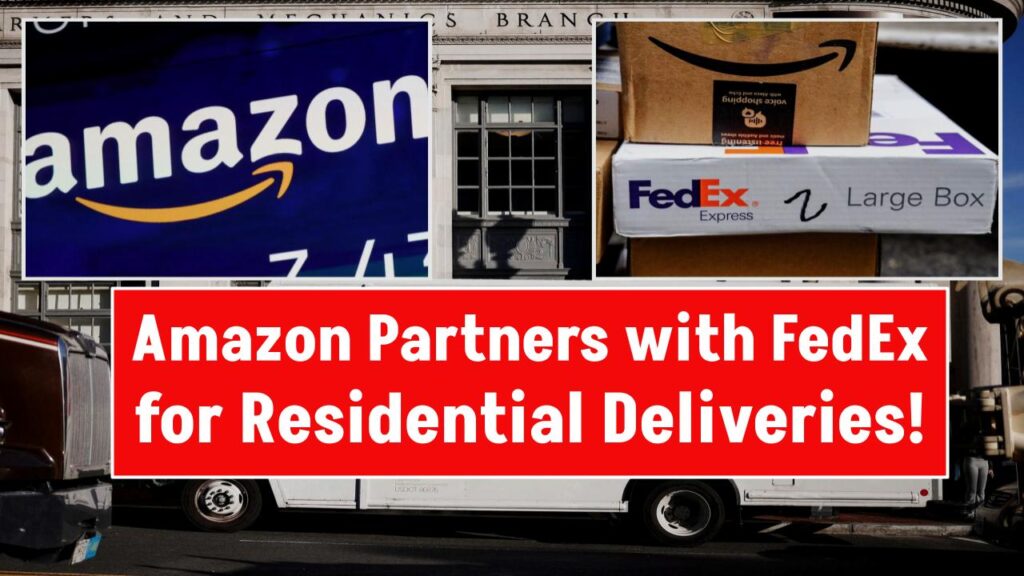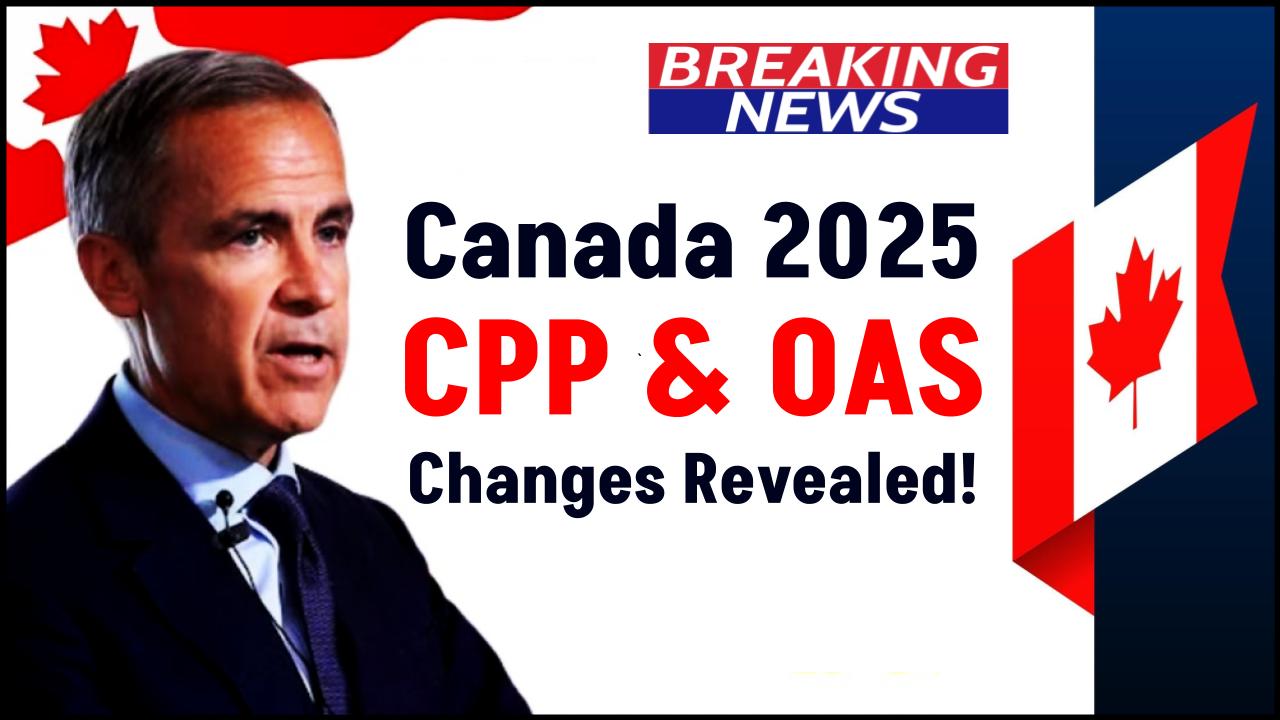Amazon Partners with FedEx: Amazon has entered into a new multi-year partnership with FedEx to manage residential deliveries of select large packages. This move comes in the wake of UPS scaling back its delivery volume for Amazon, a decision driven by profitability concerns. The renewed collaboration between Amazon and FedEx marks a significant pivot in the retail giant’s logistics strategy, with implications for customers, carriers, and the broader e-commerce landscape.
This partnership isn’t just about trucks and boxes—it’s about reimagining how large-scale logistics can adapt to a fast-changing retail environment. Whether you’re a consumer waiting on a couch delivery or a logistics professional planning fleet capacity, this deal matters.

Amazon Partners with FedEx
| Aspect | Details |
|---|---|
| Renewed Collaboration | Amazon and FedEx reunite after ending ties in 2019 due to rising competition. (Business Insider) |
| Delivery Focus | Large, bulky items (e.g., furniture, TVs), especially to rural areas. (MarketWatch) |
| Timing | Strategic move after UPS announced a 50% reduction in Amazon volume by 2026. |
| Financial Outlook | Expected boost to FedEx’s system yield and operational efficiency. (Zenventory) |
| Official Resource | Amazon Official Site / FedEx Official Site |
Amazon’s new partnership with FedEx signals a strategic realignment in the e-commerce delivery space. With UPS reducing its footprint, FedEx steps in to fill a valuable niche: bulky, rural residential deliveries. For consumers, it’s a win in service quality. For logistics professionals, it’s a case study in agile partnerships responding to market shifts.
Why Amazon Partnered with FedEx (Again)
A Return to Synergy
In 2019, FedEx chose not to renew its ground delivery contract with Amazon, citing the e-commerce giant’s growing internal logistics capabilities. But things have changed. With UPS stepping back, FedEx now has room to step up in a niche segment that aligns with its strategic strengths: high-margin, large-item deliveries to harder-to-reach areas.
Shifting Tides in E-commerce Logistics
As Amazon aims to strengthen its last-mile capabilities and offer faster deliveries, relying on a diversified network of partners is essential. FedEx, with its massive ground fleet and rural coverage, is the ideal match for this goal.
What This Means for Consumers and Businesses
For Consumers
Expect better service for large item orders, particularly in rural areas. This means fewer delays, more precise delivery windows, and perhaps even value-added services like in-home setup or packaging removal.
For E-commerce Professionals
Retailers selling via Amazon’s marketplace can expect more consistency in large-item logistics, opening new opportunities for selling bulky goods that previously faced fulfillment challenges.
How the Amazon-FedEx Deal Will Work
1. Focused Parcel Selection
The deal targets bulky residential deliveries such as furniture, large electronics, and home appliances. These are often excluded from standard delivery networks.
2. Rural Reach
FedEx will prioritize rural and suburban deliveries where infrastructure and cost issues make last-mile logistics particularly challenging.
3. Operational Coordination
Although Amazon runs its own vast logistics network (Amazon Logistics), this collaboration involves logistical integration where FedEx operates as an extended arm for specific items and regions.
4. Technology Alignment
Expect a tight synchronization of delivery tracking, estimated time of arrival (ETA) data, and customer communication between the two companies.
Industry Context: Why Now?
UPS’s Strategic Pullback
UPS announced plans to reduce its Amazon delivery volume by more than 50% by 2026, shifting focus to higher-margin enterprise customers. (Barron’s)
Rising Demand for Heavy Deliveries
The bulky-goods delivery market has seen growth, especially with trends like remote work and home improvement.
Inflation and Efficiency Pressures
Carriers face rising fuel and labor costs. High-margin, rural deliveries represent a smart revenue play amid squeezed profits.
FAQs on Amazon Partners with FedEx
Why did FedEx and Amazon end their partnership in 2019?
FedEx ended the previous agreement due to increasing competition, as Amazon expanded its own delivery network. The new deal reflects a shift in strategic needs.
Will this affect Prime delivery speeds?
For large-item deliveries, this deal could improve delivery times and service reliability, especially in rural areas.
Does this mean Amazon is stepping back from its own delivery network?
No, this partnership complements Amazon Logistics and helps scale large-package fulfillment without overloading internal resources.
How does this affect small businesses using Amazon FBA?
Sellers dealing in bulky goods may see faster and more reliable shipping options, improving customer satisfaction and lowering return rates.
Will prices for shipping go up?
There’s no immediate indication of price hikes. However, improved delivery quality might justify a premium for large-item shipments.





